America is seeing a huge improvement in vaccine shipments

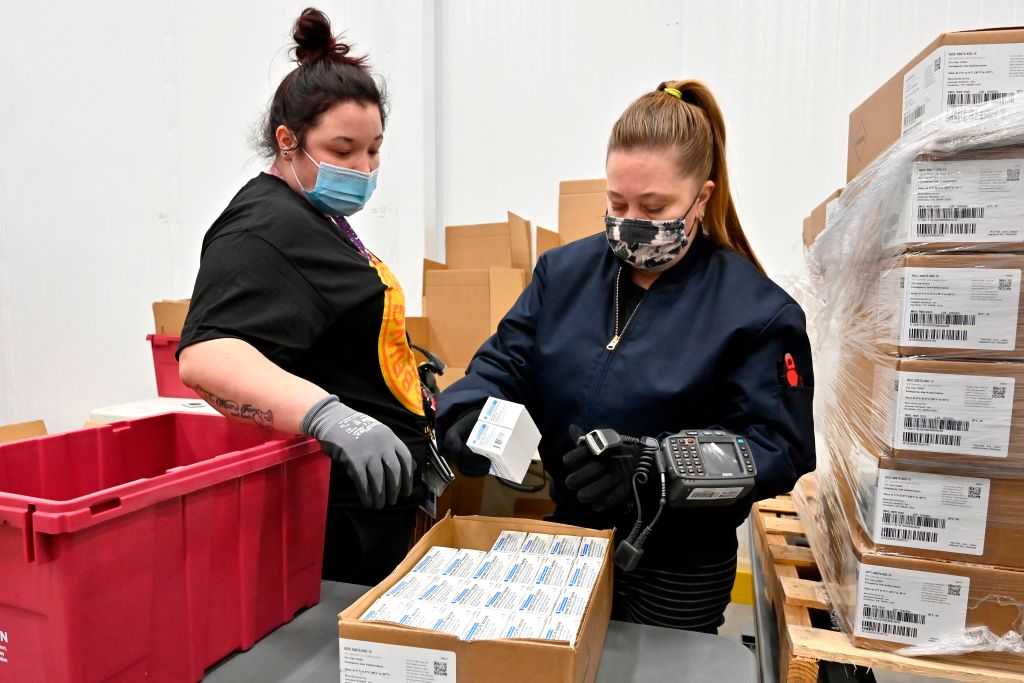
This week, with 2.8 million doses of the newly-authorized Johnson & Johnson COVID-19 vaccine in tow, 17.6 million coronavirus vaccine doses in total will be shipped out across the United States, a marked improvement from the 10 million doses the country was averaging just a month ago.
States are also getting those shots into people's arms more quickly now. On both Saturday and Sunday, more than 2.3 million received a vaccine dose, suggesting that at least 3 million people could be getting a shot daily by the end of March, The New York Times reports.
Now, there's cautious optimism among experts that herd immunity could be on the horizon, and the single-dose Johnson & Johnson shot appears to be a major reason why. Per Vox, if one-third of vaccines are one-shot and the U.S. is administering 3 million doses per day, the U.S. could reach 80 percent immunity by mid-summer.
The Week
Escape your echo chamber. Get the facts behind the news, plus analysis from multiple perspectives.

Sign up for The Week's Free Newsletters
From our morning news briefing to a weekly Good News Newsletter, get the best of The Week delivered directly to your inbox.
From our morning news briefing to a weekly Good News Newsletter, get the best of The Week delivered directly to your inbox.
The Mayo Clinic's Vincent Rajkumar estimates that, at this point, around 140 million people will need to be vaccinated to reach herd immunity, a goal he predicts could be achievable within three to four months. Rajkumar said his estimate is likely conservative since the actual number of people who have already been infected is probably much higher than what's been recorded.
There are several caveats, including lingering vaccine hesitancy and uncertainty over variants' ability to resist immunity, but the U.S.'s much-maligned vaccine rollout looks to be on the upswing.
A free daily email with the biggest news stories of the day – and the best features from TheWeek.com
Tim is a staff writer at The Week and has contributed to Bedford and Bowery and The New York Transatlantic. He is a graduate of Occidental College and NYU's journalism school. Tim enjoys writing about baseball, Europe, and extinct megafauna. He lives in New York City.
-
 Political cartoons for January 4
Political cartoons for January 4Cartoons Sunday's political cartoons include a resolution to learn a new language, and new names in Hades and on battleships
-
 The ultimate films of 2025 by genre
The ultimate films of 2025 by genreThe Week Recommends From comedies to thrillers, documentaries to animations, 2025 featured some unforgettable film moments
-
 Political cartoons for January 3
Political cartoons for January 3Cartoons Saturday's political cartoons include citizen journalists, self-reflective AI, and Donald Trump's transparency
-
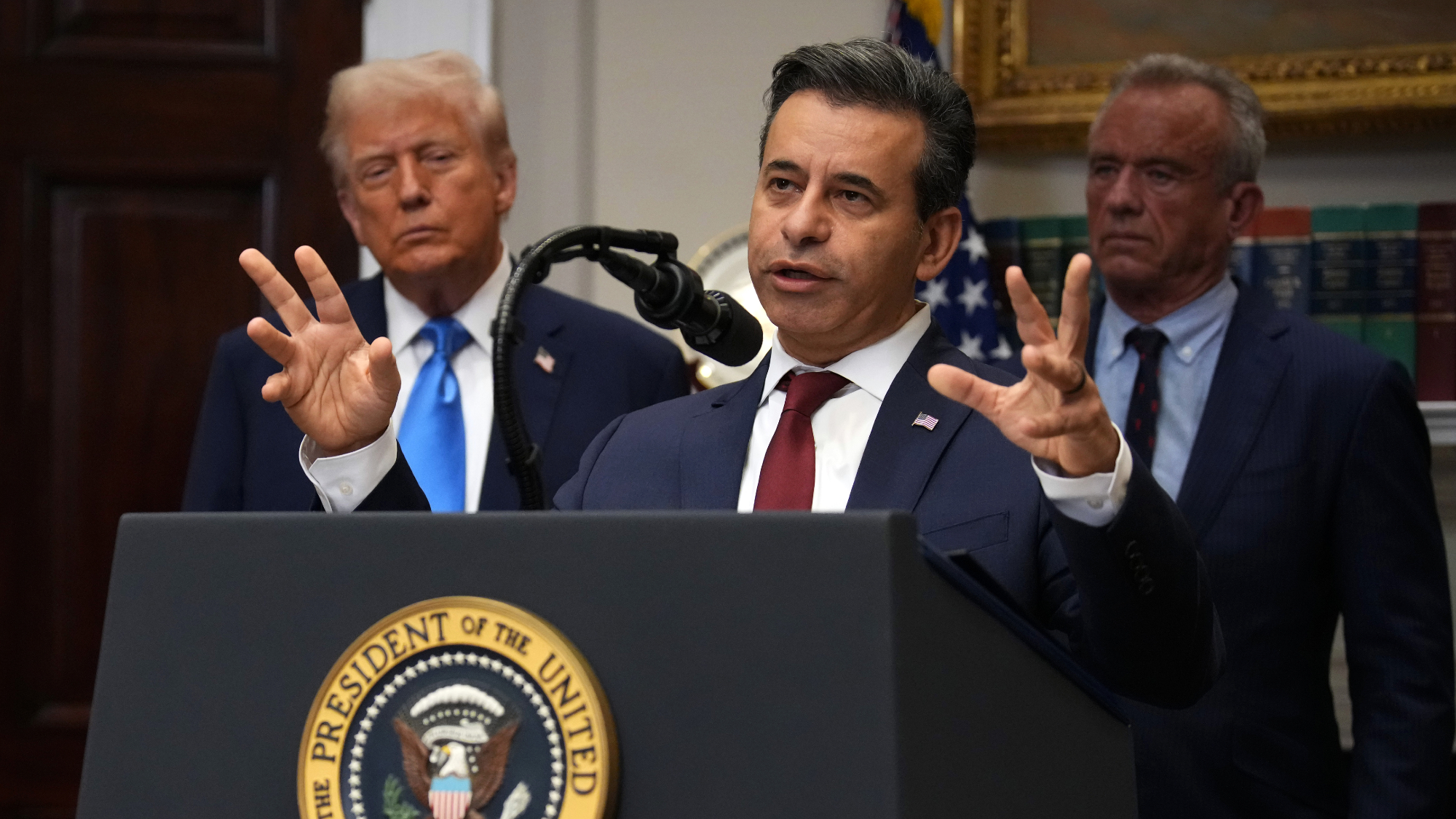 FDA OKs generic abortion pill, riling the right
FDA OKs generic abortion pill, riling the rightSpeed Read The drug in question is a generic version of mifepristone, used to carry out two-thirds of US abortions
-
 RFK Jr. vaccine panel advises restricting MMRV shot
RFK Jr. vaccine panel advises restricting MMRV shotSpeed Read The committee voted to restrict access to a childhood vaccine against chickenpox
-
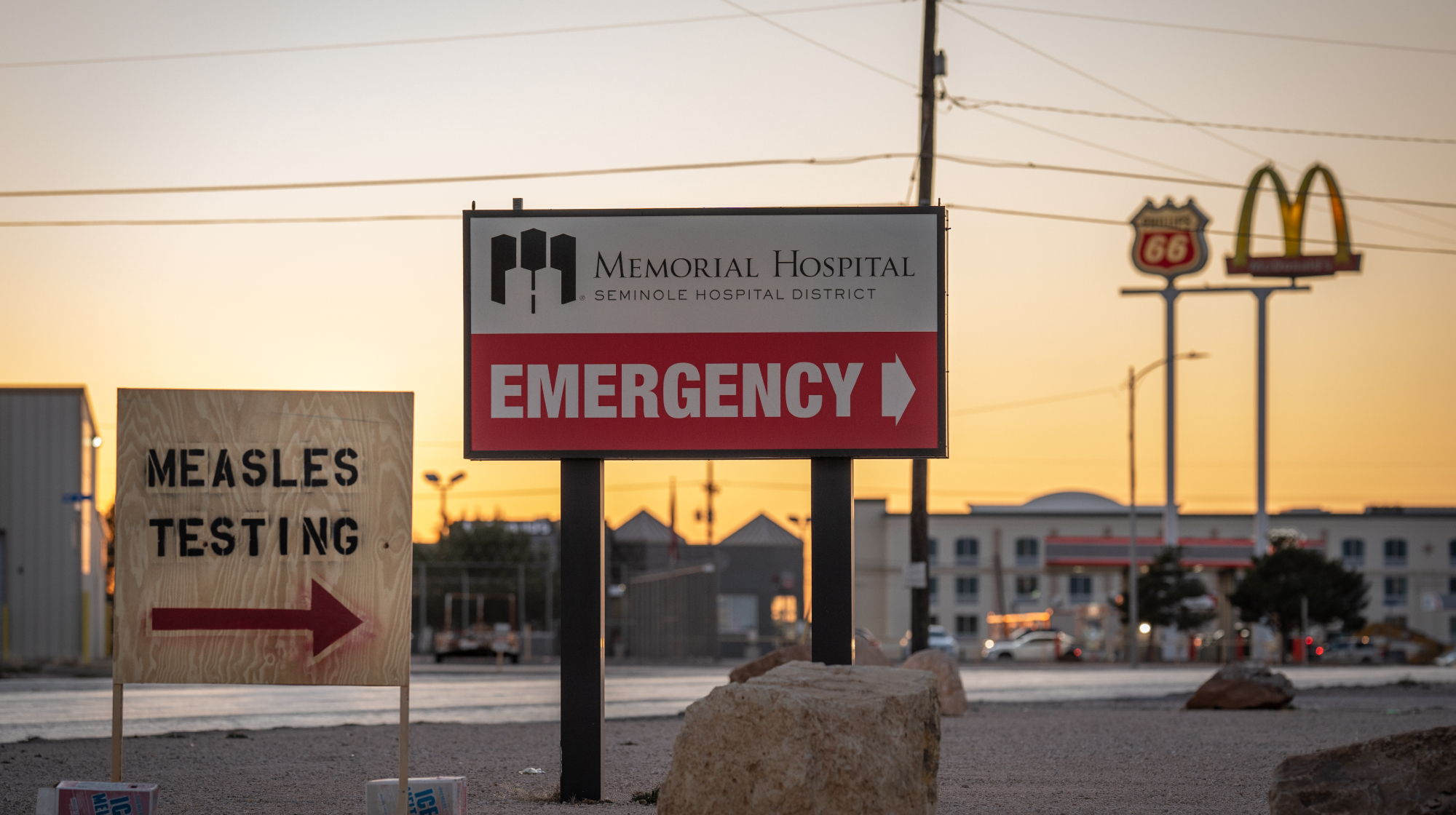 Texas declares end to measles outbreak
Texas declares end to measles outbreakSpeed Read The vaccine-preventable disease is still spreading in neighboring states, Mexico and Canada
-
 RFK Jr. shuts down mRNA vaccine funding at agency
RFK Jr. shuts down mRNA vaccine funding at agencySpeed Read The decision canceled or modified 22 projects, primarily for work on vaccines and therapeutics for respiratory viruses
-
 Measles cases surge to 33-year high
Measles cases surge to 33-year highSpeed Read The infection was declared eliminated from the US in 2000 but has seen a resurgence amid vaccine hesitancy
-
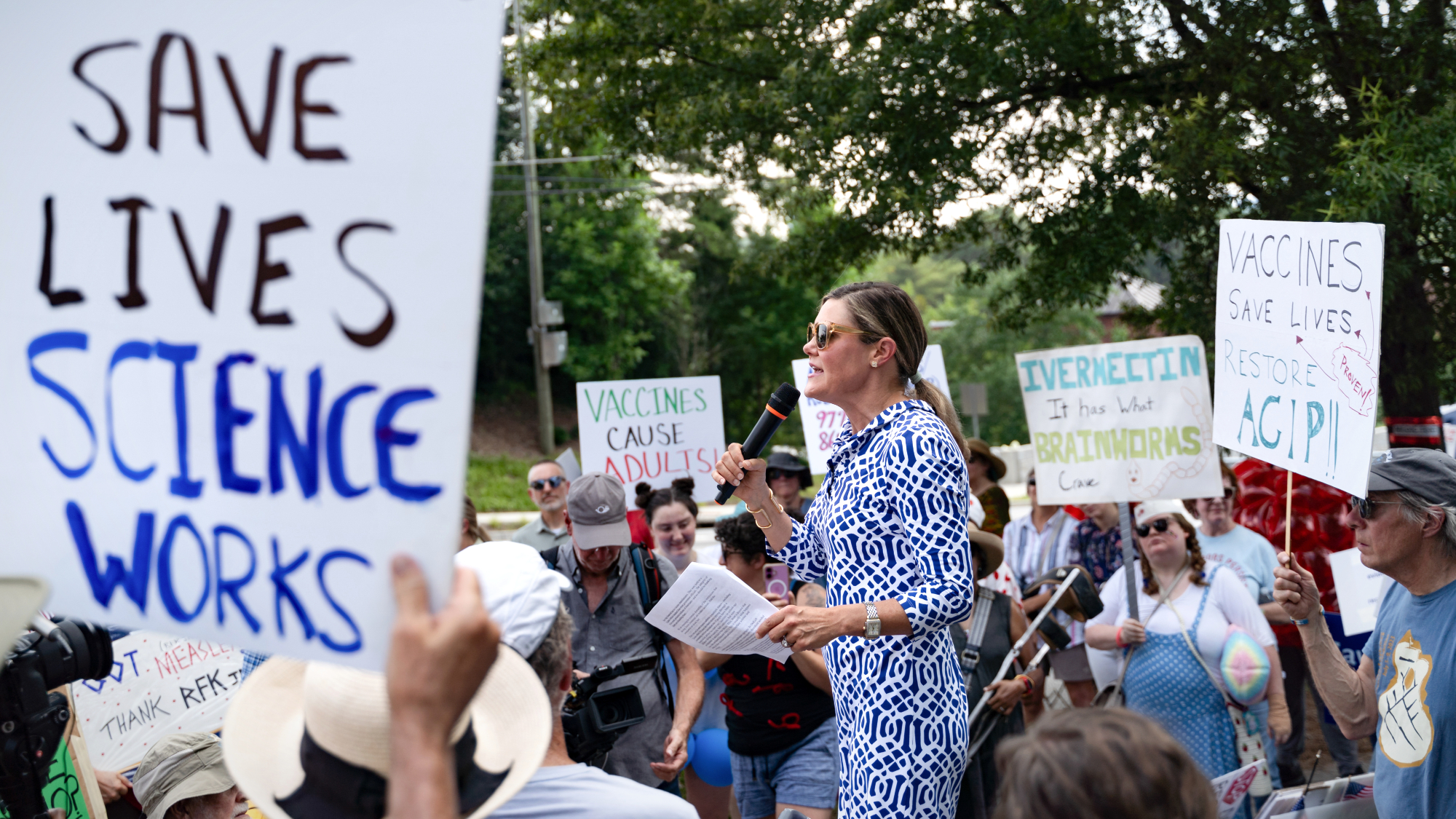 Kennedy's vaccine panel signals skepticism, change
Kennedy's vaccine panel signals skepticism, changeSpeed Read RFK Jr.'s new vaccine advisory board intends to make changes to the decades-old US immunization system
-
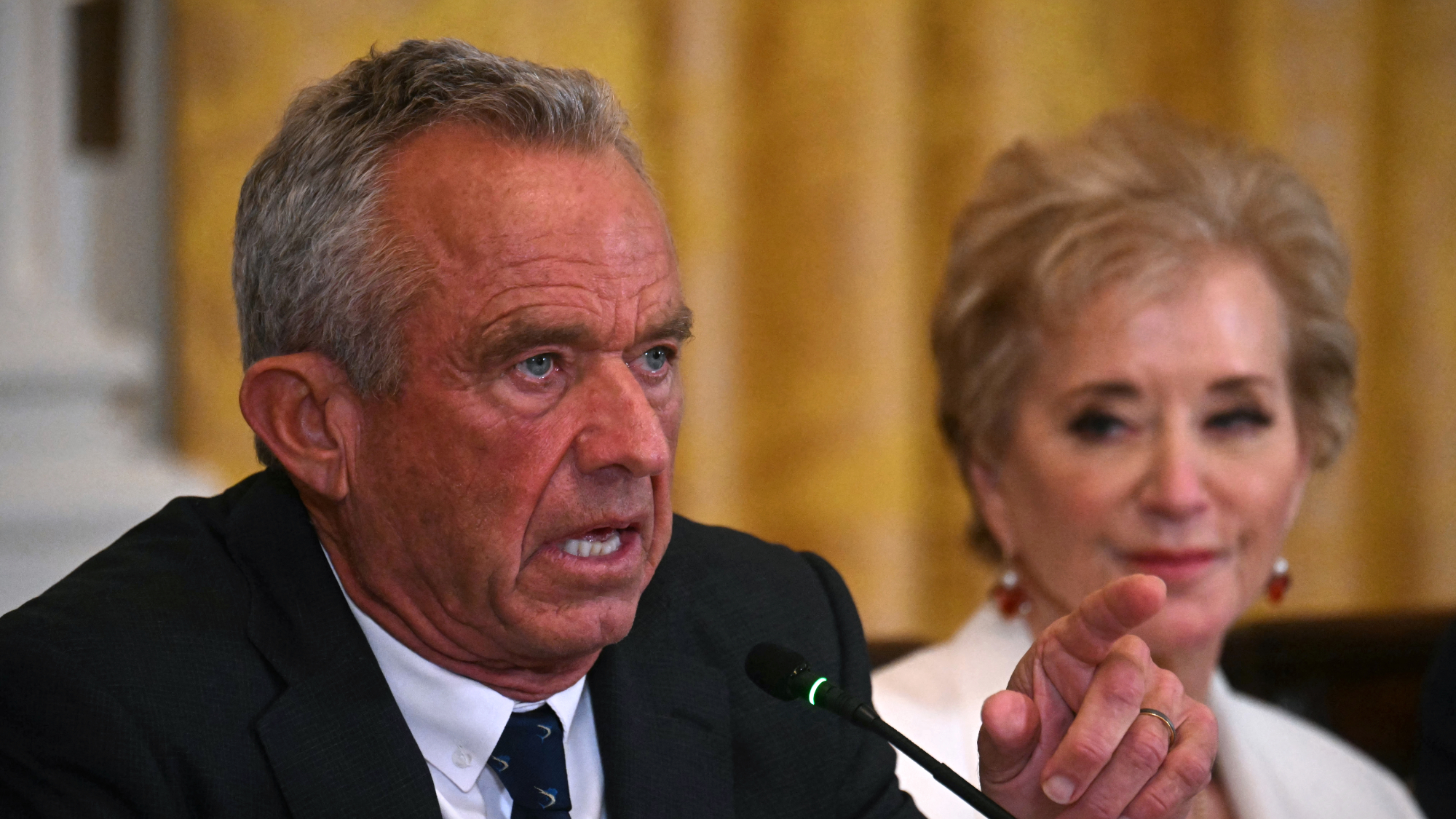 Kennedy ousts entire CDC vaccine advisory panel
Kennedy ousts entire CDC vaccine advisory panelspeed read Health Secretary RFK Jr. is a longtime anti-vaccine activist who has criticized the panel of experts
-
 RFK Jr. scraps Covid shots for pregnant women, kids
RFK Jr. scraps Covid shots for pregnant women, kidsSpeed Read The Health Secretary announced a policy change without informing CDC officials
